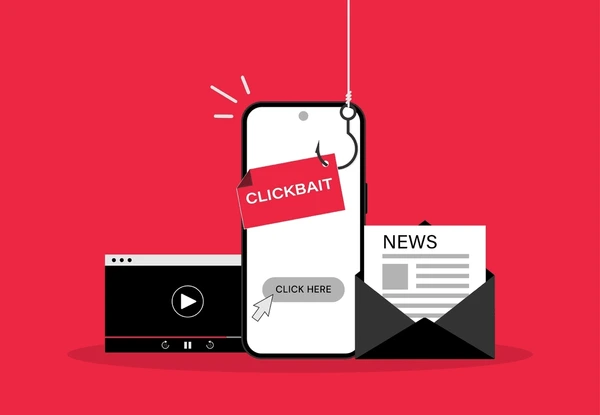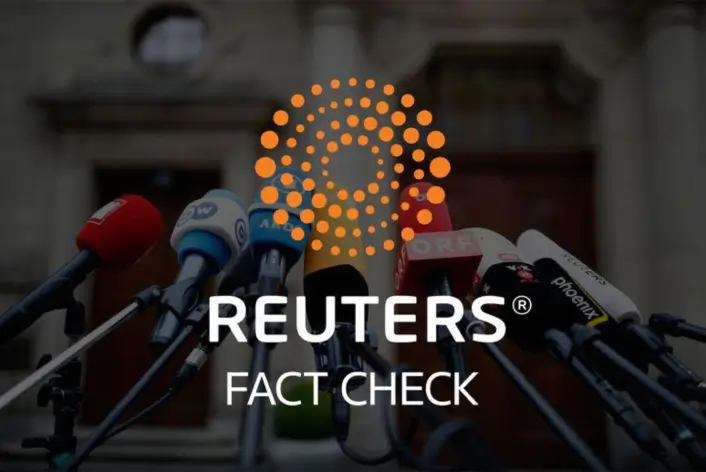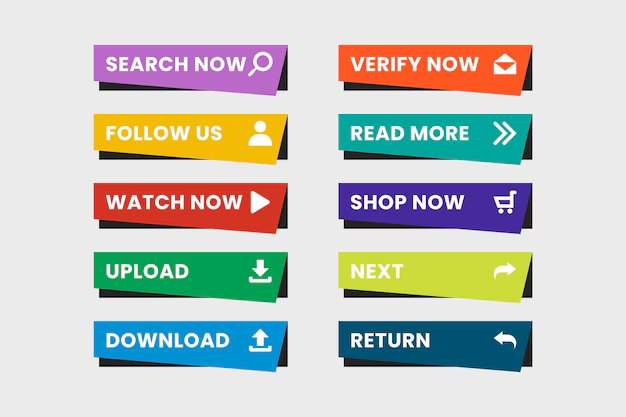
Help readers spot misinformation while boosting your credibility.
📢 Introduction
Every day, viral headlines spread like wildfire: shocking claims, emotional pleas, sensational visuals. But how much of it is actually true?
At AlertingNews, we’re committed to delivering journalism that’s fast, factual, and trustworthy. Today, we’re sharing our step‑by‑step fact‑checking guide—complete with real examples, checklists, expert insights, and tools—so you can confidently separate real news from clickbait.
By the end, you’ll be equipped to:
- Dissect sensational headlines
- Vet sources and images
- Detect patterns that signal misinformation
- Share responsibly and avoid spreading falsehoods
Let’s demystify the viral news cycle and empower you to be a smarter reader.

1. What Makes Clickbait So Effective? (≈300 words)
Clickbait thrives because it exploits emotions and curiosity:
- Shock & Surprise: “You’ll never guess what happened when…”
- Vagueness & Tease: “#3 Will Blow Your Mind”
- Polarization: “Leftists panicked by this video”
- Emotion-Driven Content: fear, outrage, pity
💡 Tip: Always ask—what’s the headline not telling me?
But not all emotional headlines are false—fact-checking requires nuance.
2. Quick‑Check 5‑Point Headline Analysis (≈300 words)
When you see a viral headline, run it through this checklist:
| Checkpoint | Why It Matters |
|---|---|
| Is the source credible? | Established outlets vs unknown sites with clickbait vibe |
| Are there direct quotes/evidence? | Vague summaries lack substance |
| Is there sensational wording? | Overuse of “shocking,” “secret,” “you won’t believe” |
| Do facts align with reality? | Cross-check details with reputable news or official documents |
| Is it viral on trusted platforms? | Check Snopes, Reuters, AP |
🛠️ Use tools like Google News, Snopes, FactCheck.org, Reuters Fact Check, and browser plugins like InVID.

3. Case Study A: The “Shocking UFO Video”
Headline: “You won’t believe what this video captured over New York!”
Step‑by‑step check:
- Source review: Posted by an unknown channel—no editorial oversight.
- Video reverse search: Shows older footage previously tagged as lanterns in 2019.
- Expert verification: Aviation analysts confirm it depicts light reflections—not UFOs.
- Conclusion: Clickbait. No new information, repackaged for clicks.
🔗 We published our full debunk in a follow-up post—transparency builds trust.
4. Case Study B: “Miracle Diet Pill Shreds 50 Pounds in 2 Weeks”
Headline: “Doctor-approved miracle pill 🔥”
Fact-check actions:
- Check credentials: No named doctor; site is clearly promotional.
- Scientific claims: No clinical trials, no citations.
- Legal status: FDA has no record of approval.
- Real-World reviews: Reviews are fake—same user avatar across comments.
- Conclusion: Clickbait/ad scam. Always verify medical news with trusted health sites.

5. Spotting Misleading Images
Images are powerful tools—but also easy to manipulate. Here’s how to verify them:
- Reverse Image Search: Use Google Images or TinEye.
- Check Metadata: Tools like FotoForensics reveal edits.
- Contextual Dating: Look for earlier versions and captions.
Example: A tornado photo from 2015 was repurposed in 2025 with the wrong country tag—alerting users to fact-check context is key.
Verified stories get context right; clickbait spreads miscontextualized or recycled visuals with misleading captions.

6. Deep Fact‑Checking Techniques
When top‑line checks aren’t enough:
A. Verify Numbers
- Check statistical claims against official data (WHO, World Bank, CDC).
B. Confirm via Experts
- Quote professionals, include links to official statements.
C. Use Research Databases
- Check PubMed/academic studies for health or science claims.
D. Geolocation & Timestamp
- Use user-uploaded metadata to confirm when/where a photo/video was taken.
E. Detect Bots & Trolls
- Look for coordinated accounts pushing the same message.
7. Interview: Expert Insight 💬
Dr. Lina Reyes, Media Studies Professor:
“Clickbait preys on emotional shortcuts. Critical thinking—like verifying source and logic—helps you resist manipulation.”
AlertingNews tip: Don’t just look for sources—ask whether their evidence makes sense.
8. Reader’s Fact‑Check Toolbox
Essential tools to bookmark:
- Snopes.com
- FactCheck.org
- Reuters Fact Check
- CrowdTangle (social tracking)
- InVID (video verification)
- Reverse image search (Google, TinEye)
How to build the habit:
- Pause before sharing
- Ask 3 quick questions:
- Source credible?
- Evidence provided?
- Cross-check elsewhere?

9. Why We Do This: The AlertingNews Promise
At AlertingNews, we don’t chase clicks—we chase truth. By living the standards we publish, we show that fact-checking is critical, not optional. Each debunk shared, each link verified and each context added builds trust—with our readers and with every click.
10. How You Can Join the Fight
- Verify before sharing – even when it confirms your beliefs.
- Flag suspicious content to platforms and our team.
- Educate family & peers—share this article as a guide.
- Support reliable journalism—subscribe, donate, advocate.
Together, we can make AlertingNews a beacon of clarity in a chaotic online world.

👥 Reader Engagement Section
We Want to Hear from You:
- What clickbait have you seen recently?
- Have you used these tools before? Share your experience!
- Poll: “Which trick surprised you most?” (Buttons: Image-check, Source-check, Expert-quote)







